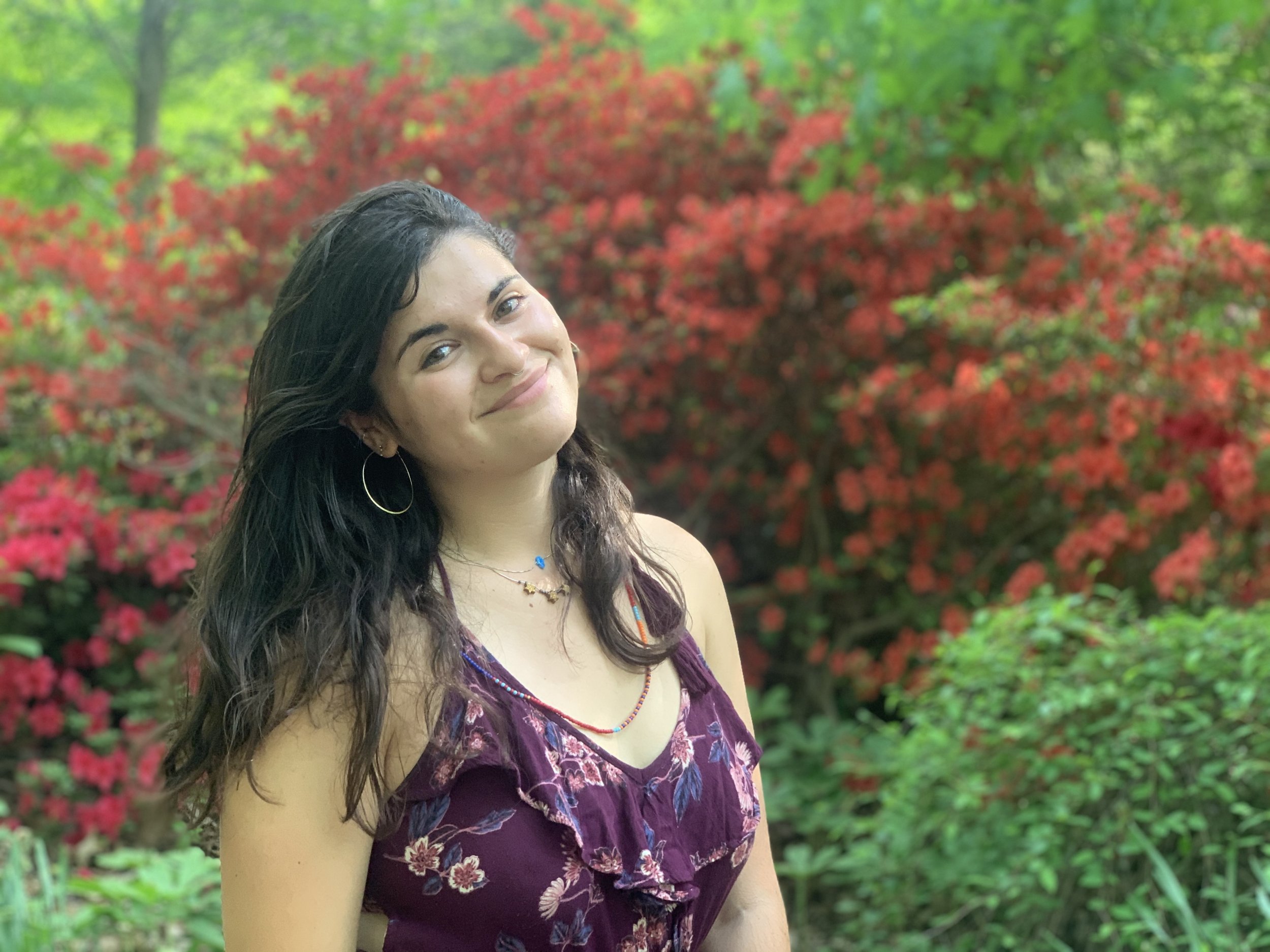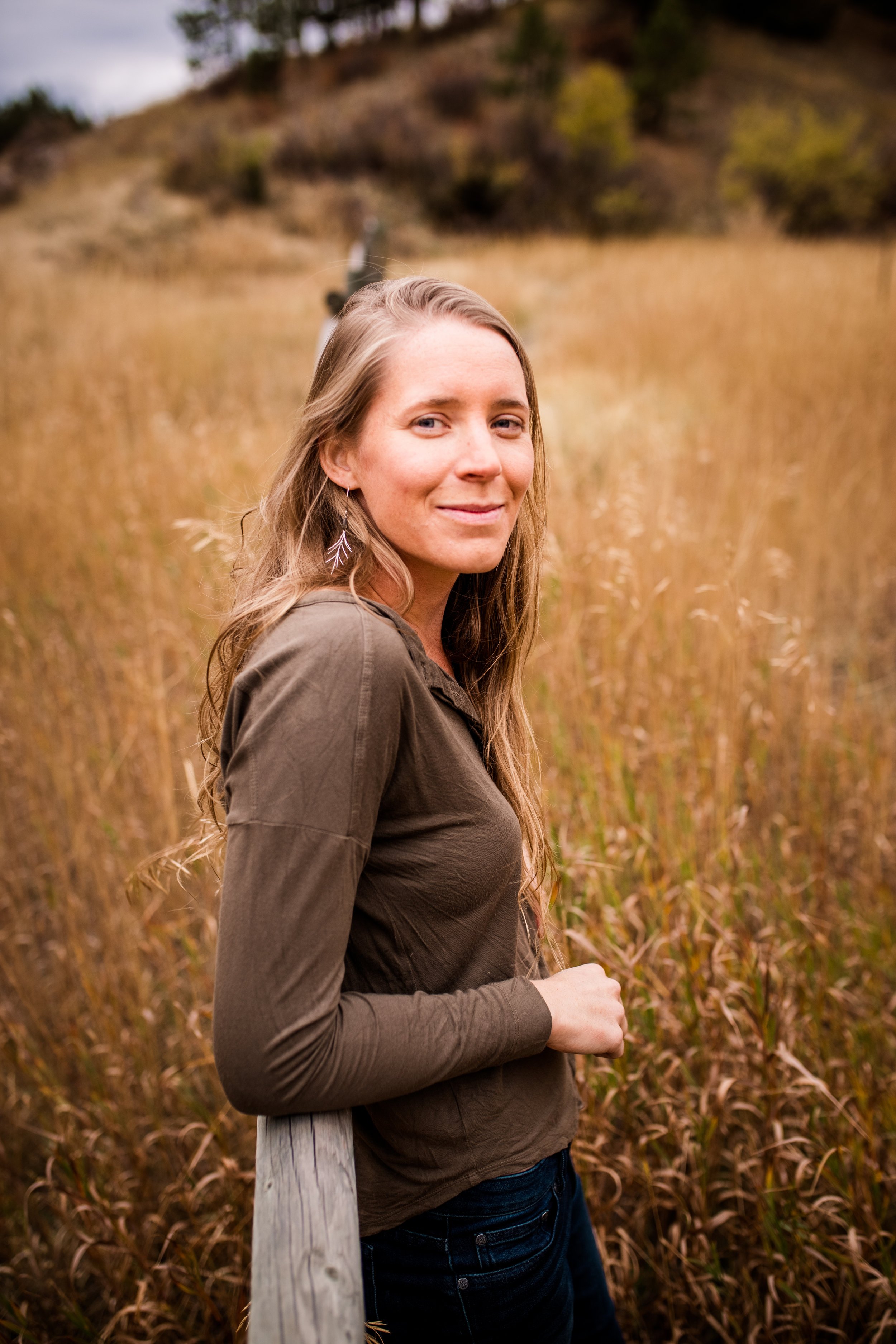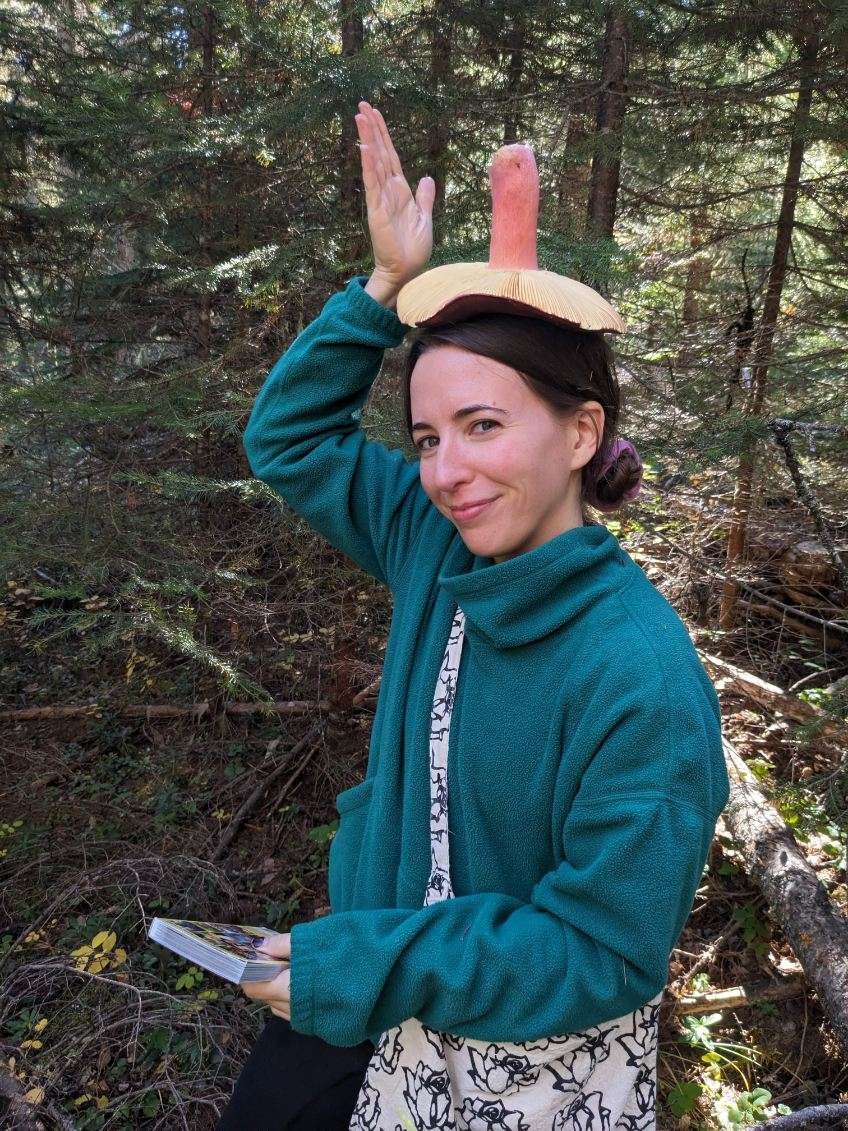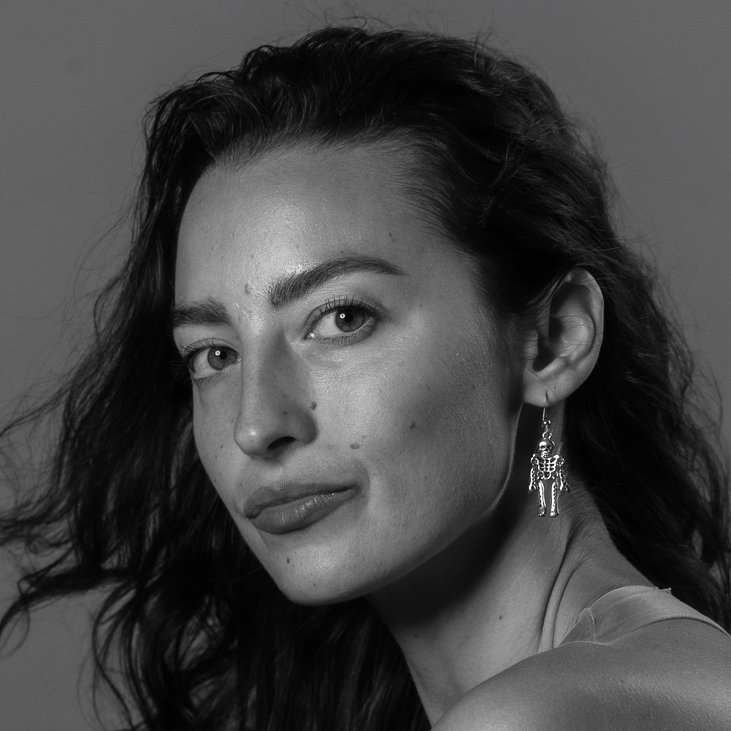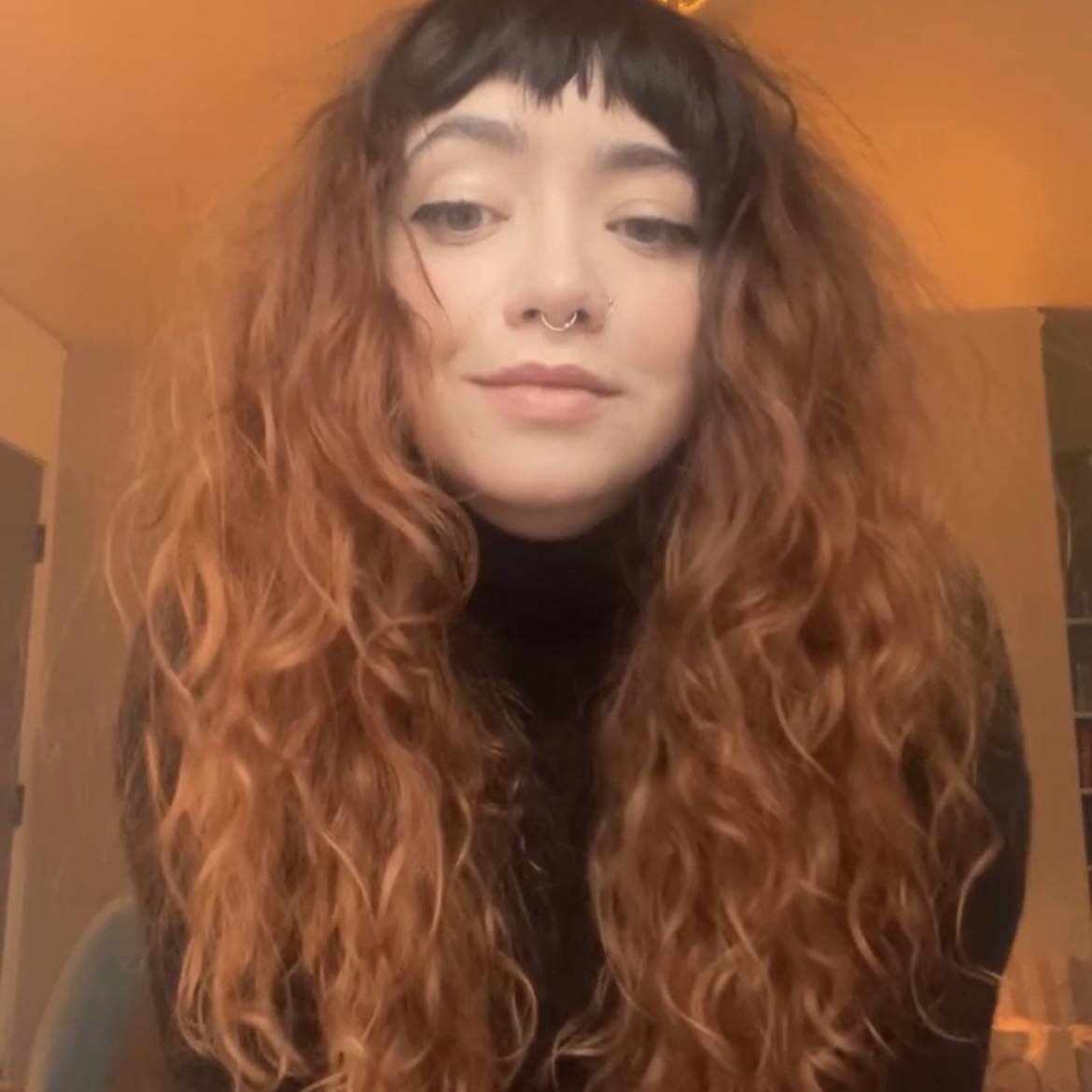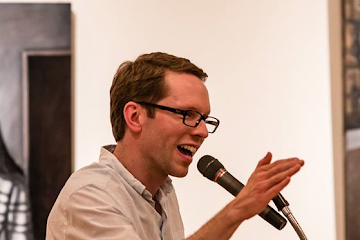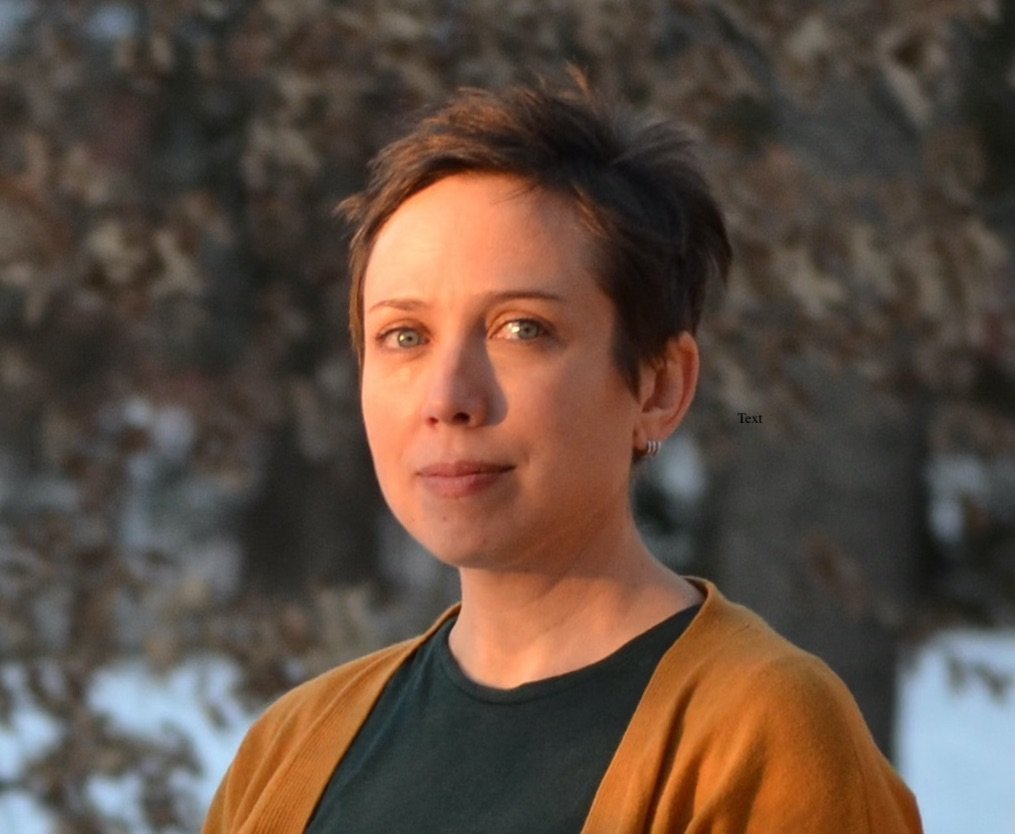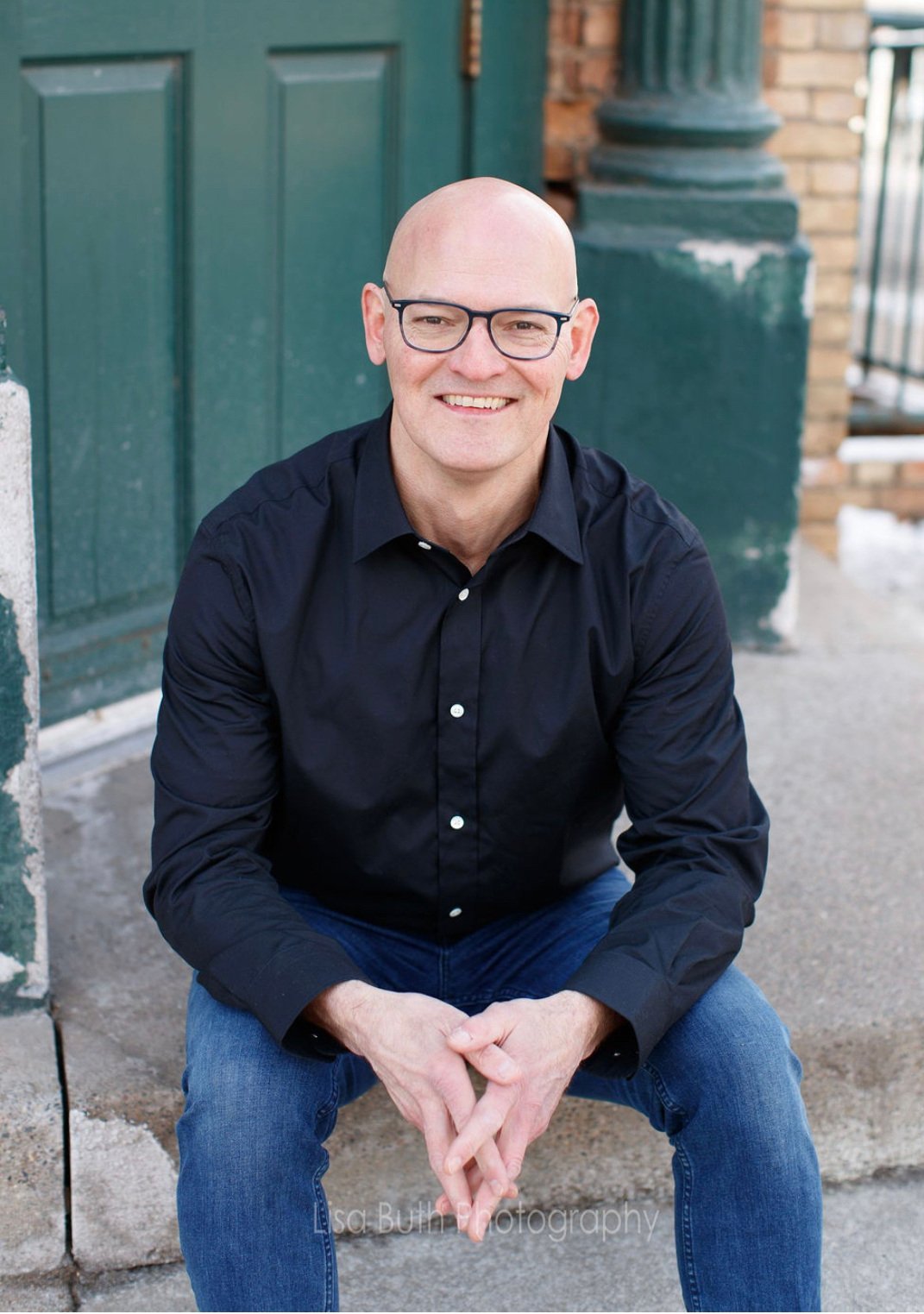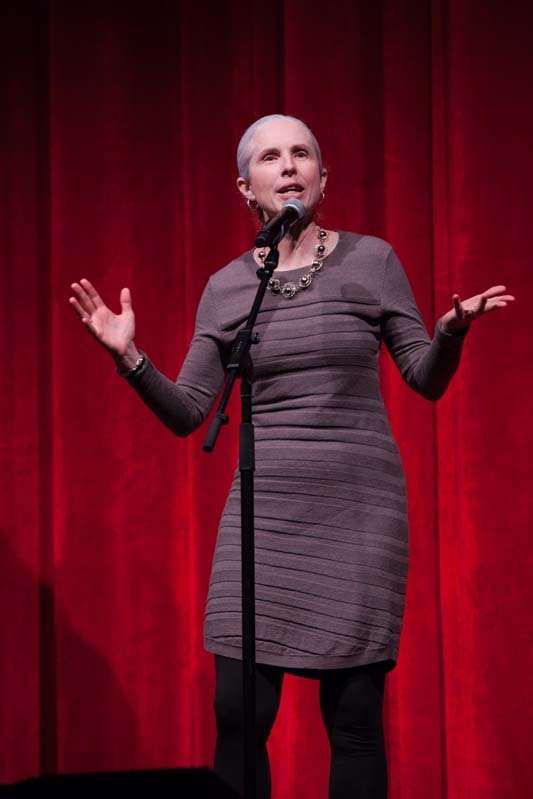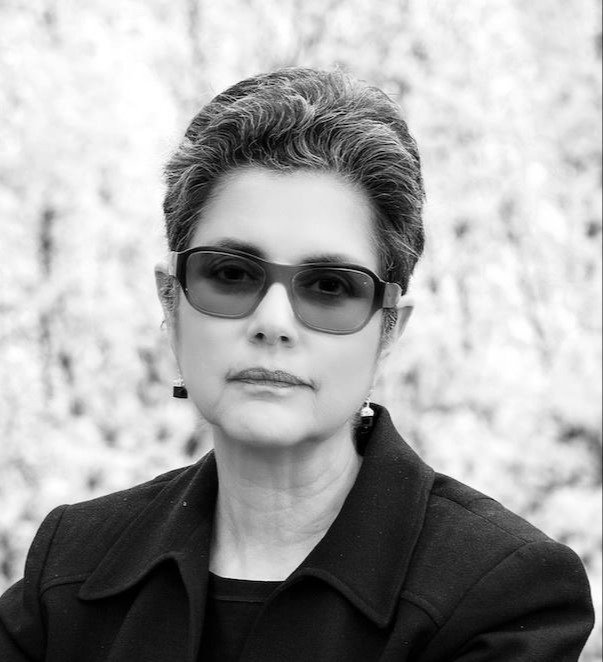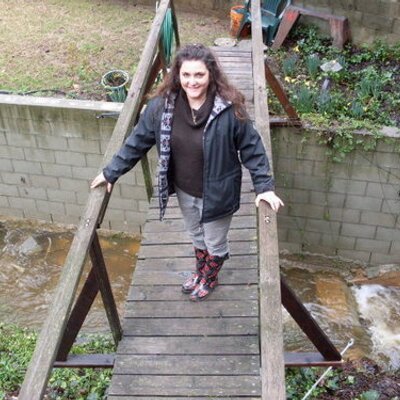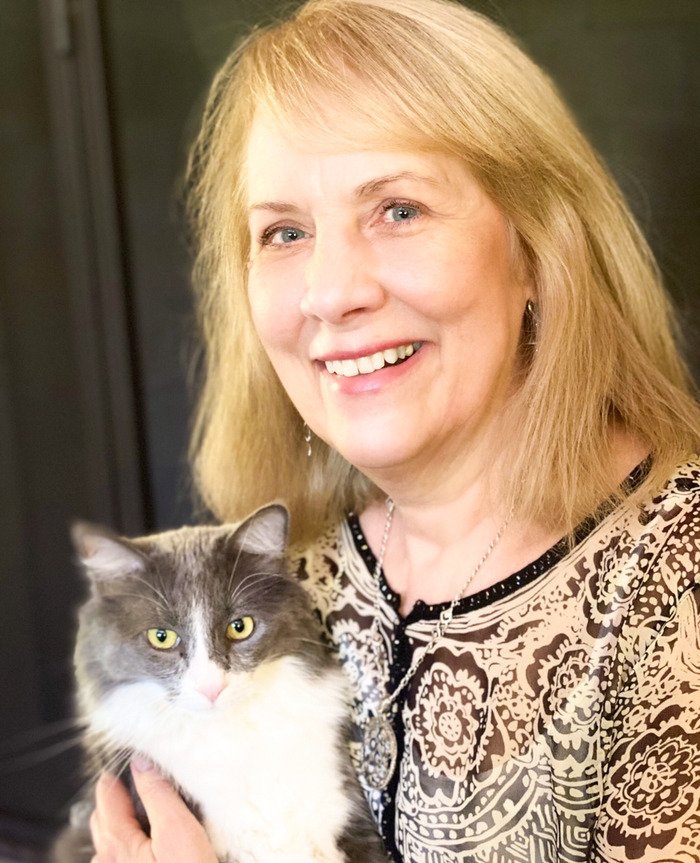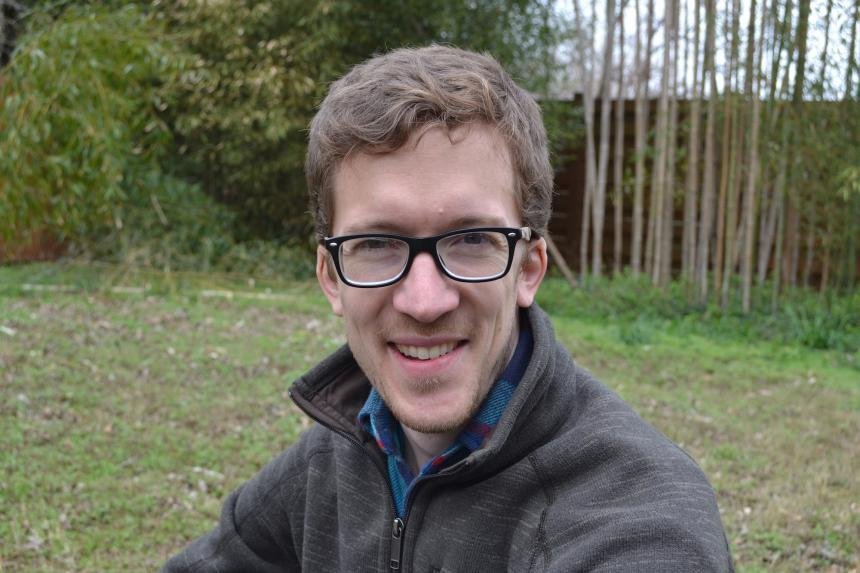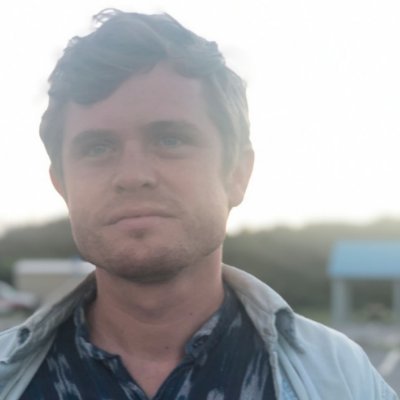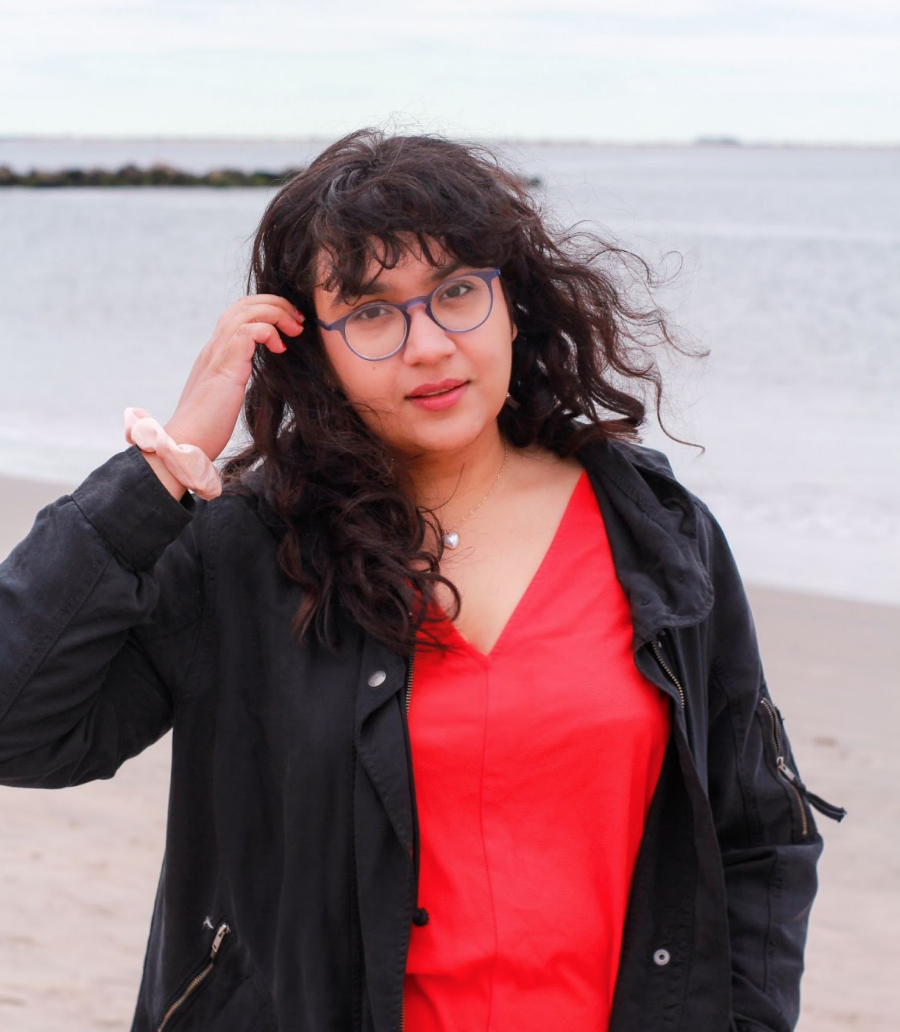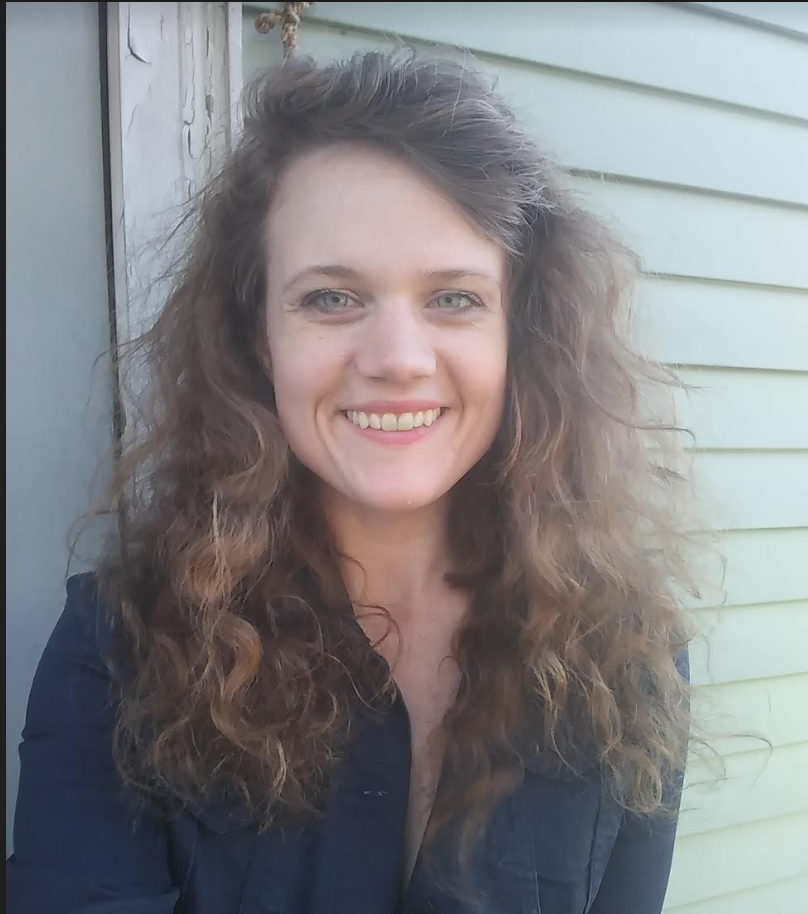CutBank Interviews: A Conversation with Kirstin Valdez Quade
by Emily Collins
Kirstin Valdez Quade is the author of two critically acclaimed works, the story collection Night at the Fiestas and the novel The Five Wounds. Her work wrestles with faith, childhood, family history, and healing the ties that bind. While many of her stories take place in Northern New Mexico, the private, emotive lives of her characters transport us to some of the most beautiful, unexplored territory I’ve encountered in contemporary fiction. Written with unparalleled compassion, Quade’s work reminds us that the most challenging human dynamics can lead to unexpected transformations.
Emily Collins: You have this rare ability to write with exquisite tenderness, even for the characters we encounter at their most excruciating. As a fiction writer, how do you arrive at this closeness?
Kirstin Valdez Quade: For me that is the biggest project of my fiction and the biggest challenge, to fully embody characters who I might dislike or disagree with in real life. And the writing is not easy. It takes draft after draft after draft. My novel The Five Wounds grew out of a short story that follows Amadeo, a character who was really, really tricky for me to write. When I started writing that story, I judged him so harshly, and I wanted him to get his comeuppance. I thought he was terrible for abandoning his child. I thought he was self-involved, and a giant baby. Because I was so judgmental of him, the story failed for a long time. There was a limitation in my empathy. I grappled with this over many, many drafts. First, I had to feel compassion for him. Then I had to become him. It was only when I took on that challenge that the story improved.
E.C: That’s fascinating. I wonder at what stage in your revision process did you realize you had moved beyond judgement and started creating from a space of deeper empathy.
K.V.Q: I’m a slow writer and I revise a lot. I wrote that story a year before I started my graduate program. I workshopped it in my first workshop, and the piece was, I thought, pretty polished and far along. My workshop leader and mentor, Ehud Havazelet said, “You have to go deeper. You’re not close enough to Amadeo.” And I was so frustrated by that feedback because I thought, “What does that mean, ‘go deeper?’ How do you do that? I’m not sure I know how.” It took two years of pretty steady revision. I was working on other stories, too, obviously, but I had to keep coming back to that piece. I did all kinds of things to try to truly see things from his point of view.
E.C: I love that, and I’m interested to hear more about what you did to really inhabit this character.
K.V.Q: There’s this very hokey writing exercise I do. I’m a little embarrassed by it, but it is the thing that helped me break through. I always require my students to do this exercise, too, because every character has something about themselves that they are not looking at. And it takes a lot of work as the writer to identify what that is. In this exercise, I ask that students open a new document and have their character interact with a very aggressive and belligerent therapist. The exercise should just be dialogue; there’s no need for any descriptors. I ask that my students let that therapist just really hammer away at their characters. When I was writing, “The Five Wounds,” I had the therapist ask Amadeo questions like, “Why did you abandon your daughter Angel?” “No, really. Why? Why? Why?” In the beginning of the exercise, Amadeo was recalcitrant and defensive, but the therapist did not let up, and eventually new knowledge came through. Amadeo revealed things he hadn’t wanted to face. That’s not to say any of that dialogue made it into the story, but the knowledge did, which helped me revise the story.
E.C: This makes perfect sense. When I read your work, I feel like you’re one step ahead of your characters, but also slowly revealing things about themselves that they’re not aware of. That knowledge is always implied in the stories.
K.V.Q: Thank you. If that knowledge does come through, it’s a surprise because I don’t know when I begin a story. I’m discovering it along with them.
E.C: Your novel, The Five Wounds is a continuing exploration of characters we meet in a previously-written short story of the same title. The book begins with the start of Holy Week in Las Penas, New Mexico. Amadeo Padilla has been given the part of Jesus in the Good Friday procession, but his plans are interrupted when his teenage daughter Angel arrives pregnant at his doorstep. I was very taken with Angel and Amadeo’s journey in the original story. Was there anything about these characters that surprised you while writing the novel?
K.V.Q: I think everything surprised me! In the novel, Angel becomes a point of view character, which was so much fun because I have a lot of affection for Angel for her humor and energy. The center of the novel really is the relationship between Angel and Amadeo, and how they are able to heal this rift and this history of pain that they share. It was interesting to see how they challenge each other. Another surprise is that Amadeo has a romantic streak, which I didn’t know until I saw him interact with his love interest. I like to give myself challenges with each new project; for this book two of the challenges I gave myself were in response to my story collection. I wanted to write about joy more, and I wanted to write about romantic relationships. After Night at the Fiestas came out, I realized that there were no romantic relationships in those stories. There might be a couple off to the side, but romantic love is never the center of the story. And I thought, “God, how sad!” But I’m just so interested in families and history and children and grandchildren. Those dynamics are endlessly fascinating to me, but in this book I wanted to make sure I wrote about romantic love too. I like setting myself challenges that are tricky and scary and stretch me as a writer.
E.C: I love how your work explores the many different ways people search for redemption. In the novel The Five Wounds we meet five generations of the Padilla family who are also looking for versions of redemption and rebirth. Many of your stories in Night at the Fiestas are told in either first or third person limited narration. Can you speak to the process of writing so many different perspectives, hopes, beliefs, etc. in the longer form?
K.V.Q: It was really fun to explore these different perspectives, to see things through other characters’ eyes. That’s one of the challenges and pleasures of life, to try to see one situation, a family dinner, say, and to try to imagine what the experience is like for the other people involved.
E.C: Are any other characters in your novel inspired by characters in Night at the Fiestas?
K.V.Q: All of these characters feel very particular to their story. But I think there’s a good chance that a reader who’s read my stories will see echoes of other characters, because I do have obsessions in my work that I’m constantly trying to work out.
I’m interested in change and our capacities to change, to become more the people we hope to be. And of course, the obstacles that stand in the way of that.
E.C: I love that about your work! I feel like in a lot of contemporary fiction I’ve read, those themes are acknowledged but there’s also this underlying sense of hopelessness where redemption isn’t really possible. And maybe that’s okay given the characters’ journeys and worldviews. You write about the human condition in ways I find brave and refreshing.
K.V.Q: Thank you. I mean, I really believe that change is possible. Some readers of my first book have said that the stories are depressing or dark, which surprised me. I absolutely see where they’re coming from, but I see my stories as being hopeful, even when they don’t necessarily end well for the characters. I think any character change is hopeful—the fact that we can change is hopeful.
E.C: The compassion in your stories is so illuminating. I walk away from them feeling that sense of hope even if the stories didn’t have a happy ending. The darkness is present in those stories because it has to be. That’s part of the human experience. Your fiction deepens my compassion and capacity for empathy for people at all stages of life. I want to talk for a moment about your child narrators. You capture the childhood experience in beautiful and exacting language. The child narrators in “Nemecia” and “Family Reunion” were incredibly believable in their fears and longings. Can you speak to your experience in writing from a child’s point of view?
K.V.Q: Children pose a challenge in fiction. The narrator in “Nemecia” is an adult looking back on her childhood, so she has the benefit of many decades of introspection and analysis. But in “Family Reunion,” we meet Claire as she is in that moment. My first job out of college was teaching children ages three to six at a Montessori school. I think children know a lot more than we give them credit for. I absolutely saw that when spending time with children in the Montessori classroom. They’re picking up on all kinds of tensions in their families and the world around them, and they’re thinking hard about the information they gather. I’ve encountered readers who say, “I don’t believe a child would know this much.” And I don’t buy that, because I think children are incredibly perceptive—they need to be to survive. They have so little control over their lives. I mean, they get bundled into cars and taken hither and yon. They have no control. To survive, they have to watch the adults around them and to draw conclusions. Particularly if the child lives in a family where there’s a lot of discord or a threat of violence, then that sharpness and thoughtfulness becomes especially important.
E.C: So many of your characters in Night at the Fiestas are in the process of cutting themselves off from violent troubled pasts so they can transform, even if that means taking on a new identity. Rooted in northern New Mexico, many of them are also navigating generational divides and living between mainstream U.S. and Latinx cultures. What is it like to inhabit the psyches of people who are questioning the nature of faith and belonging?
K.V.Q: I have certainly felt between worlds. We moved around a lot when I was a kid. I’m very familiar with the feeling of being outside of things and between things. I understand my characters wanting to cut themselves off from their pasts. And yet, we can’t—our pasts are in us. The only way we can transform and heal is to actually face those pasts. I don’t know what it’s like to not inhabit a psyche that isn’t questioning the nature of belonging. Those questions are so constant for me.
Kirstin Valdez Quade is the author of The Five Wounds (W.W. Norton, April 2021). Her story collection, Night at the Fiestas (W.W. Norton, 2015), won the John Leonard Prize from the National Book Critics Circle, the Sue Kaufman Prize for First Fiction from the American Academy of Arts and Letters, a “5 Under 35” award from the National Book Foundation, and was a finalist for the New York Public Library Young Lions Award. It was named a New York Times Notable Book and a best book of 2015 by the San Francisco Chronicle and the American Library Association. Kirstin is the recipient of the John Guare Writer’s Fund Rome Prize from the American Academy in Rome, a Rona Jaffe Foundation Writer’s award, a grant from the Elizabeth George Foundation, and a Stegner Fellowship at Stanford. Her work has appeared in The New Yorker, The Best American Short Stories, The O.Henry Prize Stories, The New York Times, and elsewhere. She is an assistant professor at Princeton.
Emily Collins is a MFA in fiction candidate at the University of Montana and the Interviews Editor for CutBank. Her work has appeared or is forthcoming in New Orleans Review, The Florida Review, The South Carolina Review, and others. Her stories have been nominated for the Pushcart Prize and other anthologies. When she’s not interviewing incredible writers, she enjoys hiking and volunteering.
Photo by Holly Andres


